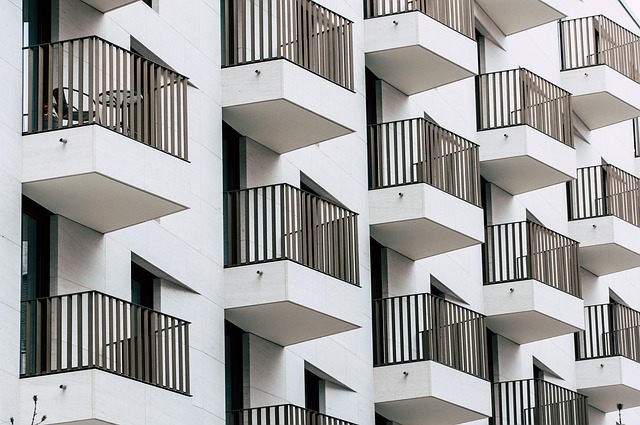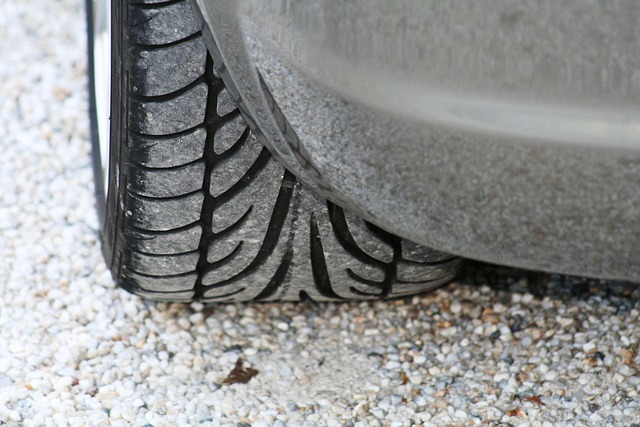Prefab Homes Revolution: Affordable and Modern Living Right at Your Doorstep
In recent years, the concept of prefabricated homes has gained considerable popularity for their affordability, convenience, and speed of construction. As the demand for these homes continues to rise, many individuals and families are finding prefabricated homes near them, making it easier than ever to invest in a modern living solution.

The housing market has undergone a significant transformation in recent years, with prefabricated homes emerging as a game-changer for homeowners and investors alike. These innovative structures, built off-site in controlled factory environments and then assembled on location, are challenging traditional notions of homeownership. Combining efficiency, sustainability, and contemporary design, prefab homes represent a shift in how we think about residential construction and affordable living solutions.
How Are Prefabs Making Modern Living More Affordable?
Prefabricated homes offer significant cost advantages compared to traditional construction methods. The controlled factory environment reduces material waste, minimizes weather-related delays, and streamlines the building process. Labor costs are typically lower as specialized teams work efficiently in optimized settings rather than traveling between construction sites. These savings translate directly to the final price tag, making homeownership more accessible for many.
Additionally, the energy efficiency of modern prefab homes contributes to long-term affordability. Many prefabricated structures incorporate advanced insulation, energy-efficient windows, and sustainable materials that reduce utility bills. Some manufacturers even include solar panel integration options, further decreasing ongoing living costs while increasing the home’s value.
What Makes the Modular Homes Revolution Different?
The modular homes revolution represents a fundamental shift in construction philosophy. Unlike traditional building methods that require sequential completion of each phase, modular construction allows multiple components to be built simultaneously. This parallel processing dramatically reduces completion times—often by 30-50% compared to conventional methods.
Modern modular homes have shed the cookie-cutter reputation of earlier prefabs. Today’s designs offer customization options rivaling those of traditional homes, with architectural styles ranging from minimalist contemporary to classic farmhouse aesthetics. The flexibility extends to floor plans, finishes, and features, allowing homeowners to create spaces that reflect their personal style while maintaining the efficiency benefits of prefabrication.
How Can You Build a Home in Days Rather Than Months?
The accelerated timeline of prefab construction represents one of its most compelling advantages. While traditional home building typically takes 6-12 months, many prefabricated homes can be manufactured in weeks and installed on-site in just days. This efficiency stems from several factors: factory production eliminates weather delays, specialized teams work simultaneously on different modules, and the site preparation can occur concurrently with home construction.
The process typically follows a streamlined sequence: design finalization and permits, foundation preparation, factory manufacturing, transportation to the site, and final assembly. Each phase is carefully coordinated to minimize downtime. For homeowners, this means significantly reduced carrying costs during construction and faster occupancy—transforming the often stressful building experience into a remarkably efficient process.
What Makes Prefabricated Homes Fast and Flexible?
The speed of prefabricated construction doesn’t come at the expense of adaptability. Modern prefab homes offer remarkable flexibility in design and functionality. Modular systems can be configured to accommodate varying lot sizes and topographies, making them suitable for urban infill projects, suburban developments, or rural settings. Many manufacturers offer expandable designs that allow homeowners to add modules as their needs change over time.
This flexibility extends to interior layouts as well. Open-concept designs with movable partitions allow spaces to be reconfigured as needed. Some prefab homes incorporate universal design principles that accommodate accessibility needs throughout different life stages. The combination of rapid construction and adaptable design makes prefabricated homes particularly well-suited to evolving housing requirements.
Are Prefabs Truly a Budget-Friendly Housing Solution?
When examining the full economic picture, prefabricated homes often represent a genuinely budget-friendly housing solution. Beyond the initial purchase price advantages, prefabs typically offer lower maintenance costs due to their precise factory construction and quality control measures. Many manufacturers use materials specifically selected for durability and low maintenance requirements.
The controlled production environment also allows for more accurate cost estimation, reducing the likelihood of budget overruns that frequently plague traditional construction projects. For buyers, this predictability provides financial peace of mind and easier planning. Additionally, the shorter construction timeline reduces financing costs during the building phase, further contributing to overall affordability.
Comparing Popular Prefabricated Home Providers
The prefabricated home market offers various options across different price points and design philosophies. Here’s how some established providers compare:
| Provider | Base Price Range (AUD) | Construction Time | Key Features |
|---|---|---|---|
| Modscape | $350,000-$850,000 | 12-16 weeks | High-end architectural designs, sustainable materials, energy efficiency |
| Prebuilt | $300,000-$600,000 | 12-24 weeks | Contemporary Australian designs, turnkey options, urban and rural solutions |
| Anchor Homes | $250,000-$450,000 | 10-14 weeks | Family-oriented designs, relocatable options, strong energy ratings |
| Valley Kit Homes | $150,000-$350,000 | 8-12 weeks | DIY-friendly options, customizable floor plans, rural focus |
| Aussie Modular Solutions | $200,000-$400,000 | 10-16 weeks | Bushfire-resistant designs, remote area specialization, transportable |
Prices, rates, or cost estimates mentioned in this article are based on the latest available information but may change over time. Independent research is advised before making financial decisions.
The Future of Prefabricated Housing
The prefabricated housing sector continues to evolve with technological advancements and changing consumer preferences. Innovations in materials science are producing more durable, sustainable building components that enhance the longevity and performance of prefab homes. Digital manufacturing technologies like 3D printing are beginning to influence production methods, potentially further reducing costs and expanding design possibilities.
Smart home technology integration is increasingly standard in prefabricated homes, with many manufacturers offering pre-wired systems for home automation, security, and energy management. As urbanization pressures continue and housing affordability challenges persist in many markets, prefabricated construction is positioned to play an increasingly important role in addressing housing needs efficiently and sustainably.
The prefab homes revolution represents more than just a construction trend—it’s a fundamental rethinking of housing delivery that balances affordability, quality, and speed. For many homebuyers, these innovative structures offer a practical path to homeownership without compromising on design or modern amenities. As the industry continues to mature and innovate, prefabricated homes are likely to become an increasingly mainstream housing option across diverse markets and demographics.




